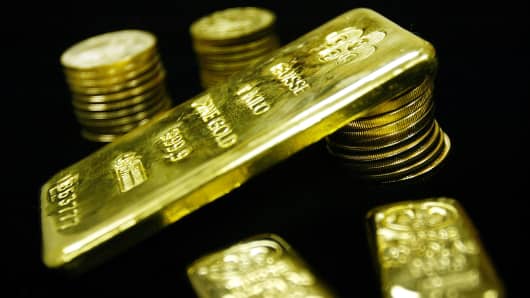Our expectations for gold shares over the next 18-24 months are especially optimistic. Gold equity indices have all declined more than 80 percent from their September 2011 highs to their January 2016 lows. While there is no predictive value in the calculation, even after year-to-date gains over 40 percent, gold equity indices still remain well below their respective highs (any reversion to the mean should have far further to go).
Second, the relative performance of gold equities versus bullion has proved similarly disconcerting during recent years. After trading at a ratio of 0.25 times for 25 years through 2007, the current ratio of the venerable XAU index (of gold miners) to spot gold has declined all the way to 0.05 times today.
Virtually all contributing factors (inherent leverage of gold miners, poor corporate stewardship during the past decade, and the powerful feedback loop of fluctuating long-term gold price assumptions on current project valuations) have reversed in favor of gold shares. The sheer magnitude of the past three cycles of gold-share advance, generally during periods of recalibration in reigning U.S. financial asset prices, lends interesting perspective to year-to-date gains for gold shares.
Gold can play a portfolio-diversifying role during periods in which faith in U.S. financial assets is being challenged. Historically, the performance of the S&P 500 index and gold shares displays strong inverse correlation. One of these periods was during 1996-2003. Following the Internet craze in March 2000, investors displayed incorrigible enthusiasm for broad equity averages and left gold stocks virtually for dead.






